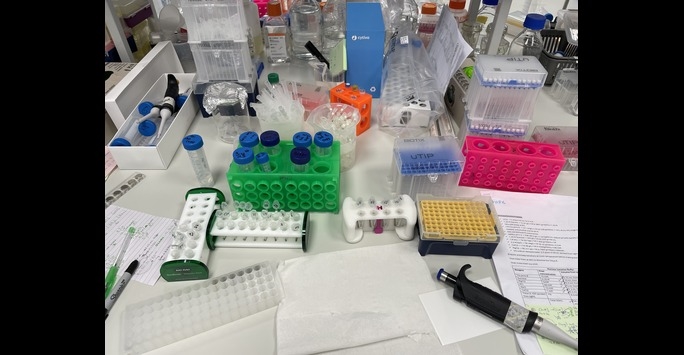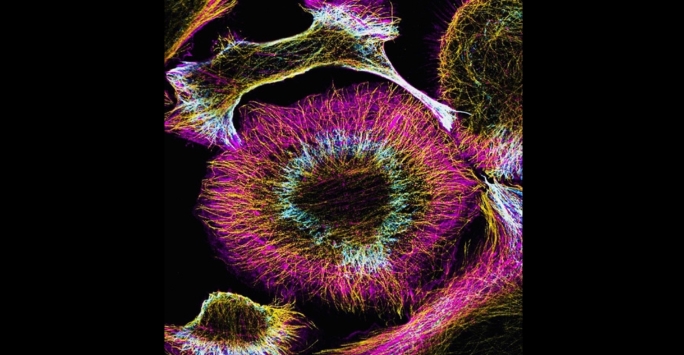Images of Research 2024
The Images of Research 2024 photography competition was organised by the Research Staff Association Steering Committee. The competition is a fantastic opportunity for researchers to creatively convey and promote their research work through an engaging and thought-provoking image. The winners of the competition were announced on the 4th December 2024 at the Research Staff Conference 2024.
Judges prize: A selection of judges from the Research Staff Association and speakers from the Research Staff Conference assessed the images for their overall impact and how easy the description is to understand for a non-specialist audience. The winner and runner-up received a certificate and prize.
Public prize: The images (with descriptions) was open to a public vote from 13th November to 4th December 2024. The winner and runner-up of this vote received a certificate and prize.















